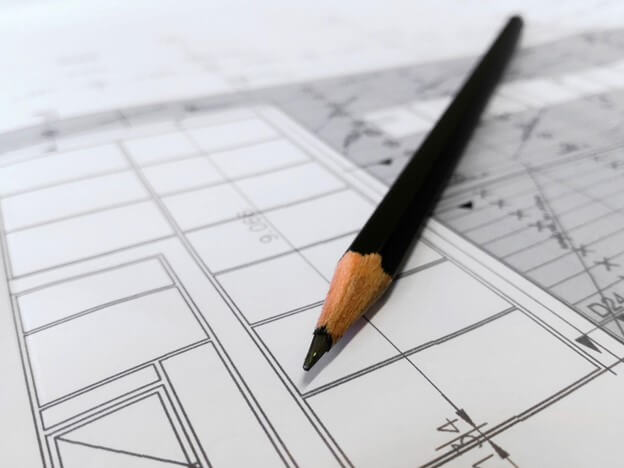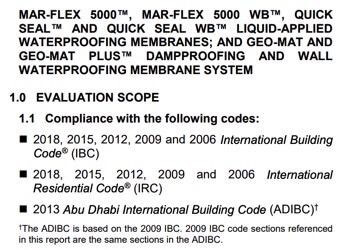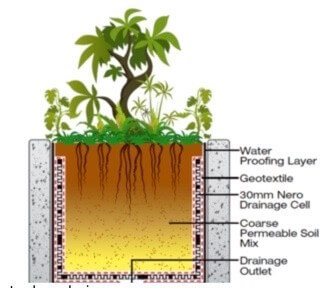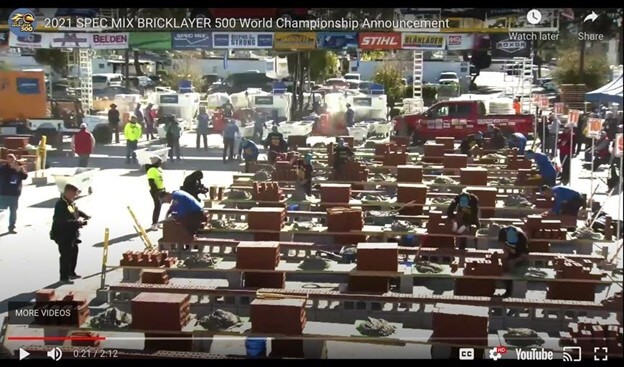Mar-Flex industry leading waterproofing designs and products have garnered a lot of well-deserved attention from builders and contractors around the United States. Our innovative and effective blends of recycled and new construction have helped countless projects reach the LEED certification they sought. And they have done this while providing top of class protection from water and moisture.
But did you know that Mar-Flex also works closely with architects?
You see, we know that an architect is as good as the tools they have to use in their designs, combined with their experience. So having well-trained architects is in everybody’s interest. If their designs can incorporate cutting edge technology to repel water in attractive and lightweight packages, they can do more and stretch buildings to new heights and shapes.

What is the AIA
The AIA was founded in 1857, designed to create standards for how architects were trained and to create basic ethical frameworks.
Today it has grown to include over 90,000 architects, and it helps manage certification to meet its mission, which is to “advocate for the value of architecture and give architects the resources they need to do their best work. Our work drives positive change through the power of design.”
Their website explains that “Licensed architects must earn continuing education credits each year to fulfill AIA membership requirements.” And once an architect is licensed, he or she might also need to complete continuing education requirements to renew their state license(s).
Additionally, architects who are working on getting licensed can use some AIA-approved courses to count toward the “experience” portion of the licensure requirement.
The AIA recognizes Mar-Flex courses as a way to earn continuing education credits that make meeting an architect’s goals and licensing requirements interesting and also convenient.
If you are an architect seeking licensure, or looking to renew an already existing license, the courses offered at Mar-Flex could help you earn or maintain your license while also giving you deep insight about the present and future of sustainable waterproofing.







